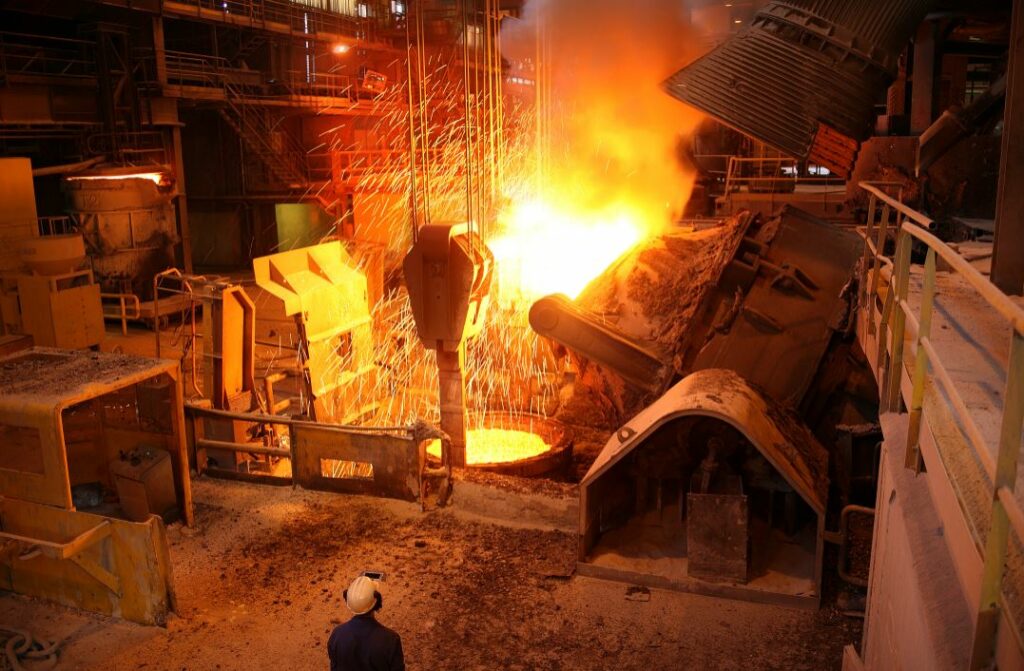Hydrogen metallurgy technology is heralded as a groundbreaking pathway for achieving carbon neutrality in the iron and steel industry. However, the journey towards its widespread adoption has been fraught with economic and logistical challenges, particularly in China.
Recent research published in the International Journal of Hydrogen Energy explores these complexities. It provides a detailed forecast of the most reasonable times for steel enterprises to invest in hydrogen metallurgy projects.
Economic Viability Post-2026 and 2048
The researchers established a predictive model that suggests hydrogen-rich blast furnace (hydrogen-rich BF) injection technology will become economically advantageous after 2026 for steel enterprises. This technology integrates hydrogen-rich gases into the existing blast furnace process, offering a practical solution with manageable retrofit costs.
Further analysis revealed that after 2048, projects employing hydrogen-based shaft furnace direct reduction (hydrogen-based DRI) technology would surpass the economic benefits of hydrogen-rich BF. Hydrogen-based DRI fundamentally eliminates CO2 emissions, promising a significantly higher rate of carbon reduction.
Environmental Impact and Cost Considerations
Hydrogen metallurgy is not just an economic decision but an environmental imperative. Hydrogen-rich BF technology can achieve a 20-30% reduction in carbon emissions, while hydrogen-based DRI can reduce emissions by up to 90% when utilizing green hydrogen. This makes DRI the long-term goal for achieving carbon neutrality.
However, high hydrogen production costs and the risk of stranded assets from prematurely decommissioned carbon metallurgy equipment pose significant barriers. Most existing smelting equipment in China is relatively young, complicating the immediate transition to hydrogen-based DRI.
Market Dynamics and Custom Solutions
The timing for investing in hydrogen metallurgy projects is highly influenced by market dynamics, including the availability of hydrogen-rich gases and fluctuating hydrogen costs. The study emphasizes that each steel enterprise must tailor its decarbonization strategy based on its unique circumstances.
Predictive Investment Model
The researchers developed a comprehensive model to aid steel enterprises in determining the optimal timing for transitioning to hydrogen metallurgy technologies. This model considers the financial implications of stranded assets, hydrogen costs, and the comparative advantages of different hydrogen metallurgy technologies.
While hydrogen-based DRI presents a more substantial long-term benefit in reducing emissions, hydrogen-rich BF offers a more immediately feasible economic advantage. The decision of when to invest in these technologies should be informed by market conditions and the specific operational status of each enterprise’s assets.
